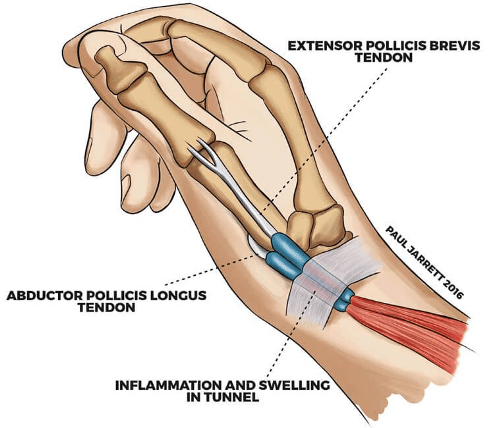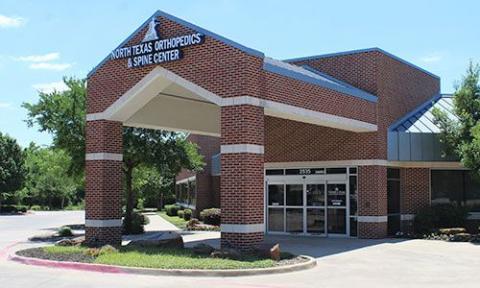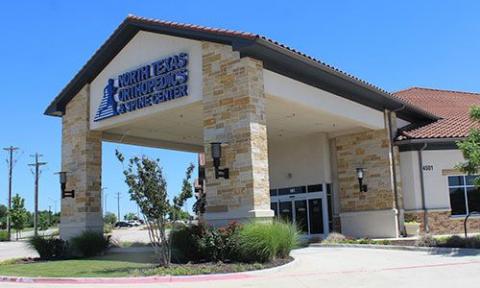De Quervain’s tenosynovitis is a painful condition affecting the tendons at the base of the thumb, causing swelling and constriction that makes wrist and thumb movements difficult. The condition occurs when the tendons become swollen or their protective sheath thickens, leading to increased friction and inflammation that impairs smooth tendon movement. Common symptoms include pain along the thumb side of the wrist that may radiate up the forearm, difficulty with grasping or pinching motions, and possible swelling or catching sensations when moving the thumb.


Two of the main tendons to the thumb that help extend and bring the thumb away from the hand pass through a tunnel (or tendon sheath) on the thumb side of the wrist. This can sometimes be referred to as tendonitis or tenosynovitis. When these tendon sheaths become inflamed, pain, swelling, and tenderness to the touch can occur just below the thumb. The most common cause of this is overuse, such as working, newborn mothers, or even in athletes.
Typically, the diagnosis of De Quervain’s tenosynovitis is made in the office by your provider. Unless you have other concerns, an MRI is usually unnecessary.
Nonsurgical Treatment
Surgical Treatment
If your symptoms do not respond to the above non-operative treatments, surgery may be indicated, and Dr. Fleager will perform a tendon sheath release. This is a day surgery that allows you to return home the same day, and can be done awake or under anesthesia. After sugery, you will wear a splint for 4 weeks, to immobilize your wrist and aid in healing. You are allowed to use your fingers, type, and perform self-care immediately post-op, but must limit heavy lifting for 4 weeks. This is typically very effective at permanently relieving your symptoms.
See why our patients love our physicians, quality of care, and amazing results.
*Based on Independent Market Research


© 2024, North Texas Orthopedics & Spine CENTER. All rights reserved.